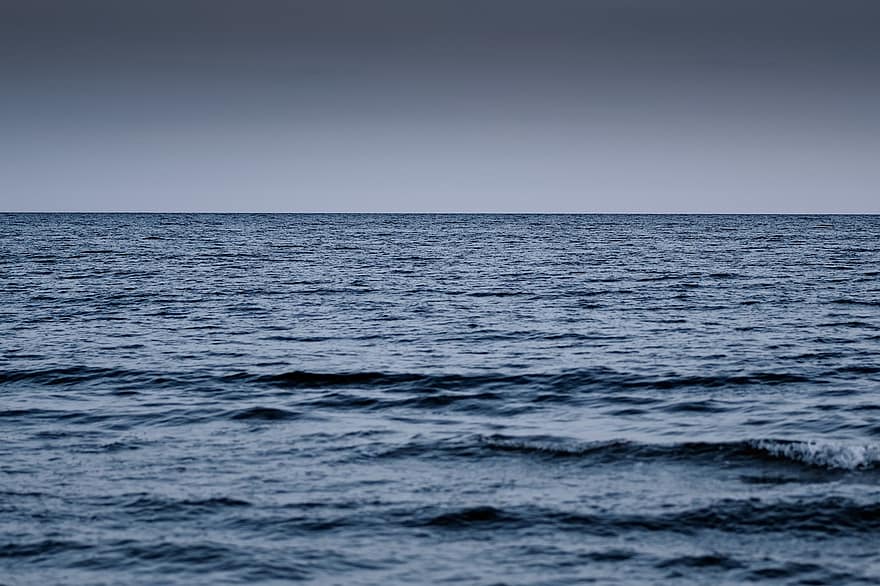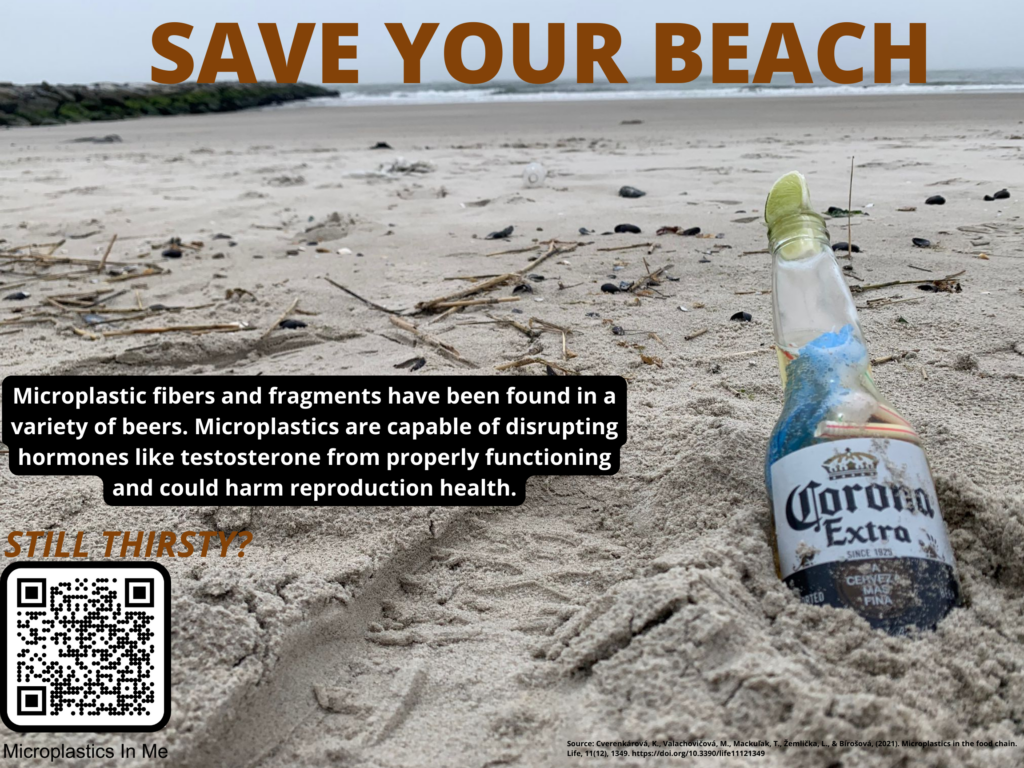
Microplastics In Me.
By Olayinka Ajumobi-obe
The “Still Thirsty” ad campaign was created by the MIM group as an attempt to raise awareness of microplastic’s growing reach in our ecosystem and its potential health effects.
What are Microplastics?
Microplastics are tiny pieces of plastic smaller than 5 millimeters which are about the size of a sesame seed. Microplastics found in natural environments have come from larger plastic waste which erodes into smaller fragments and is also manufactured purposely for exfoliation in a variety of products such as cleansers, toothpaste, and detergent. Microplastics are an extension of plastic pollution in our natural environment. The production of single-use plastics like plastic utensils and food containers combined with poor waste management are shown to be major contributors to plastic pollution. Around 80% of our plastic waste has not been properly recycled and just left in landfills or to be dumped in natural environments. Plastic takes hundreds to thousands of years to naturally decompose leaving plenty of time for our unrecycled plastic waste to transfer from land to sea with a report of 8 million metric tons of plastic entering our seas and oceans every year.
Microplastic’s ecological reach and potential danger?
Microplastics affect a multitude of sea life due to their ability to “climb up” the food chain. Species of plankton consume microplastic and they’re eaten by small fish who are preyed upon by larger predator fish species; microplastics have also been found in different species of shellfish. Marine mammals and sea birds are also vulnerable to the buildup of microplastic in their digestive system. Microplastics have been found in humans from different food sources including seafood, tap and bottled water, beer, and honey. Microplastics that enter the body can create oxidative damage in the lungs and digestive system leading to inflammation and cancer. Different chemicals associated with plastic production have been found in humans; 80% of infants and nearly all adults have been found to have Phthalates (DEHP) in their bodies, a chemical used to make plastic more flexible. BPA is another plastic additive used to increase plastic durability and has shown in studies to harm reproductive health, and has been found in the urine of 93% of people tested for its exposure.
How to reduce Microplastic’s effect on our health?
While we can take steps to avoid microplastics in our lives; we must take action on all levels of society to reduce microplastics at the source. On an individual level, we must limit our use of single-use plastics and opt for reusable materials as much as possible. Use metal/glass bottles for water refill stations and reusable shopping bags when available. Businesses should work to accommodate these greener practices. Our cities must work on improving our waste management system to increase plastic recycling efficiency and larger corporations to limit their production of single-use plastics as well as work with the government to work on truly biodegradable plastic.




